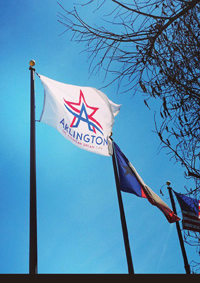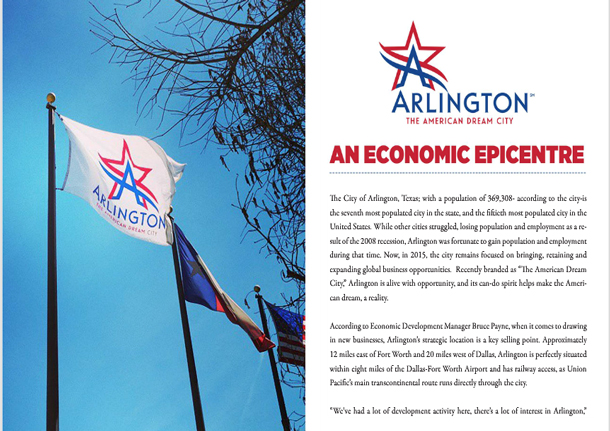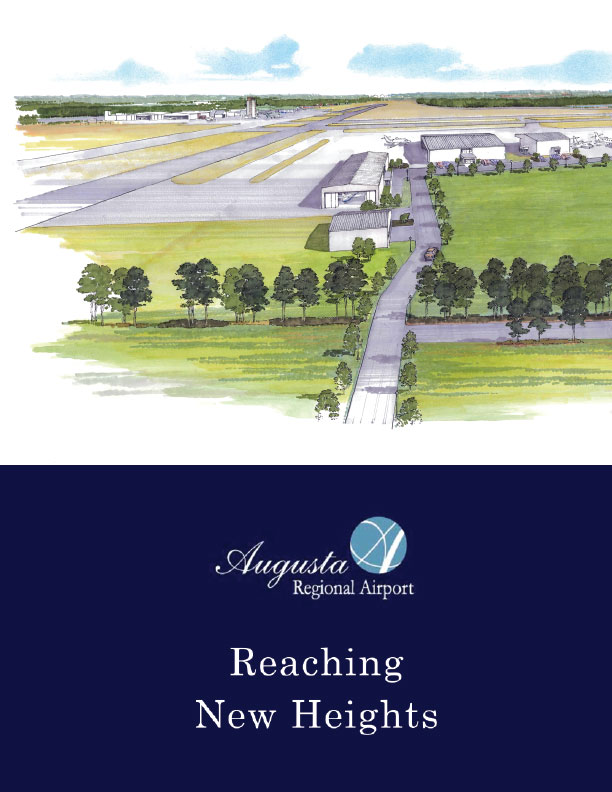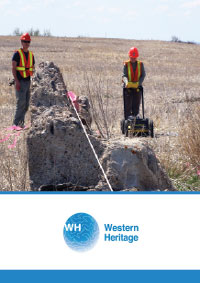An Economic Epicentre
The City of Arlington, Texas; with a population of 369,308- according to the city-is the seventh most populated city in the state, and the fiftieth most populated city in the United States. While other cities struggled, losing population and employment as a result of the 2008 recession, Arlington was fortunate to gain population and employment during that time. Now, in 2015, the city remains focused on bringing, retaining and expanding global business opportunities. Recently branded as “The American Dream City,†Arlington is alive with opportunity, and its can-do spirit helps make the American dream, a reality.
According to Economic Development Manager Bruce Payne, when it comes to drawing in new businesses, Arlington’s strategic location is a key selling point. Approximately 12 miles east of Fort Worth and 20 miles west of Dallas, Arlington is perfectly situated within eight miles of the Dallas-Fort Worth Airport and has railway access, as Union Pacific’s main transcontinental route runs directly through the city.
“We’ve had a lot of development activity here, there’s a lot of interest in Arlington,” Payne said. “Arlington’s biggest asset is its location; we’re so centrally situated for transportation purposes between Dallas and Fort Worth. The city also has a dynamic workforce and vibrant education system – we’re home to the University of Texas at Arlington – a growing research powerhouse with students representing over 120 countries. It’s a very convenient place to live, work, and learn.”
“While the recession may have quieted things down,in 2015 we’re seeing a lot of interest in ambitious projects like new hotels, upper scale housing, medical facilities, and entertainment attractions,” Payne explained.
With that said, Payne realizes that in our economic climate, it takes more than simply salesmanship to influence a business to relocate. As a result, Arlington has put in place some enticing tax incentives to aide in the process.
“I don’t try to fool myself into thinking a sales pitch is going to convince a business to move,” he said. “There has to be a business case for it. Our primary tools in helping businesses land here include incentive agreements, usually based on either property tax or sales tax generated, and we’ll return some of that for a specific period of time depending on the magnitude of what they’re proposing to do.”
Since 2011, Arlington has seen a sizable boom in businesses taking on industrial, retail, and medical space – approximately 30 million square feet of industrial space and 23 million square feet of retail and medical space have been occupied. This has left the city with somewhat of a problem, albeit one of the best problems a city can have.
“We have almost no space to accommodate anyone without new construction,” Payne explained. “It’s a great problem to have, but especially since 2011 ended, we’ve steadily filled up our most of our industrial, office and retail spaces.” Despite this, Arlington is very fortunate to be in a location where redevelopment is possible, and this helps to attract investment capital to the city.
The city has been strategically involved in both development and redevelopment projects in Arlington in order to ensure that businesses wishing to locate in Arlington have the space, resources and assistance needed to help them invest in our community.
“When businesses looking to come to Arlington are facing new construction,” he continued, “we get involved on the development side and help guide through the process. We evaluate the location they’re interested in and give as much information as possible so they can arrive at a decision.”
Redevelopment of Arlington
As 2016 approaches, so too does the 140th anniversary of Arlington’s founding. With such a long history, it’s only natural that the city now faces the task of redeveloping some of its neighborhoods.
“Arlington is almost 100 square miles and we’ve been referred to as a redevelopment city,” Payne said. “When new development comes in, it’s on previously developed sites. We will work with the developer to help them with necessary land assembly, demolition, and other permitting processes to include incentives to take out the old and put in the new.”
“It’s a very involved process,” he adds. “That [redevelopment] situation is at every turn in our downtown area, there is a building wherever you look. If somebody wants to come in with a new development downtown, it’s going to require acquiring an older building, demolishing it, redesigning it to something that meets today’s market needs.” The city is invested in redeveloping downtown, and continues to partner with developers and businesses to bring the vision for downtown to life.
Though these projects can often take a number of years before any results are visible, Payne said the value of refreshing the market and potentially attracting additional developers to the city is a benefit which is well worth the effort.
“These projects can last two to three years before you see the first components of construction completed,” Payne pointed out. “But it’s very worthwhile, it changes the market, and it interests other developers because they want to come in and replicate what was done successfully.”
One redevelopment project currently on the go for the city of Arlington includes the demolition of a few aging apartment complexes. With a 50% occupancy rate, the three complexes had an approximate value of $9 million for the city. The developer’s capital investment on the project will hit around $200 million.
“We have a developer who recently purchased three older 1970s era apartment complexes,” Payne said. “They had been run down for some time and he’s in the process of demolishing them. What he’s coming back in with is what we would call urban style market rate dwelling units. He’ll have a higher count, but it’ll be far better designed and far better quality.” This redevelopment project will revitalize the North Arlington neighborhood, situated just a few miles from Arlington’s Entertainment District.
It’s these types of projects that the city of Arlington is currently seeking out, according to Payne. Changing the face of Arlington is a key aspect of attracting new developments, businesses, and residents.
“It’ll completely change the face of the area, which is what we’re interested in. If we can have catalytic and transformative projects which change the character of the neighborhood and the potential of the neighborhood in the minds of developers, that’s what we try to emphasize as much as possible.”
The Future of Arlington
When looking towards the future, the city of Arlington is committed to building upon their success thus far. In keeping with the city’s focus on economic development, Payne believes that the growth is bound to be seen within the entertainment industry as well.
“We think we have excellent potential for not just new development and the growth of institutions,” he said. “But we think that Arlington will continue to grow and enhance its entertainment destination status.”
Arlington is home to illustrious sports franchises such as the Dallas Cowboys at the massive AT&T Stadium, opened in 2009 with an operating capacity of 80,000, and the Texas Rangers at the iconic Globe Life Park in Arlington.
“The Cowboys and the Rangers both enjoy their location here, and they’re actively seeking ways to improve their position and make the most of the investments that they’ve made here,” Payne said. “I think we’ll see a lot of hotel development, and a sizeable expansion to our convention business. That’ll drive a lot of business interest in being here, and being close to the action if you will.”
“I think the prospects for this city are enormous, and in the next five to seven years, I think we’re likely to see some very big things,” he concluded.








